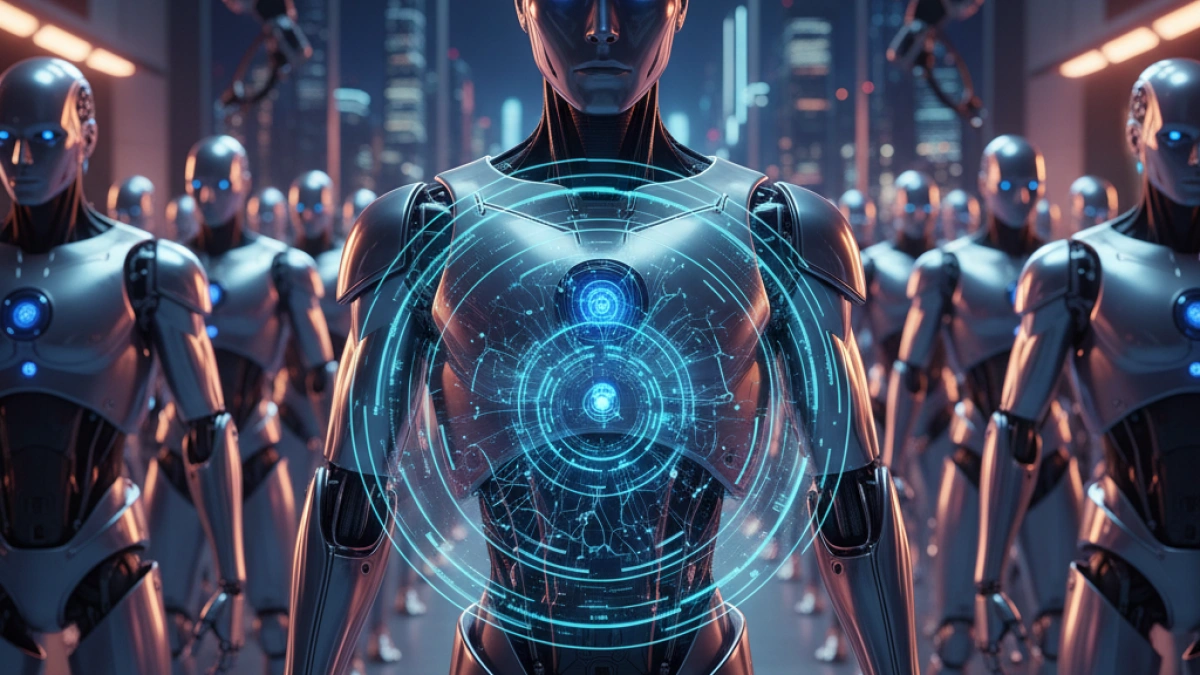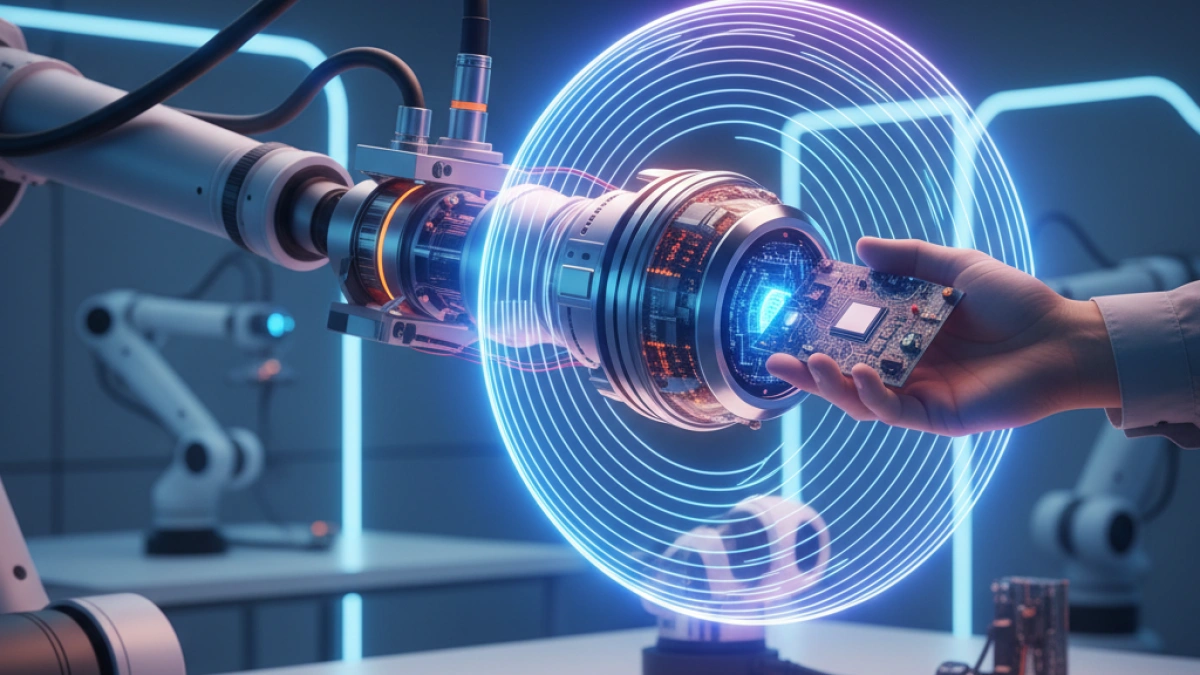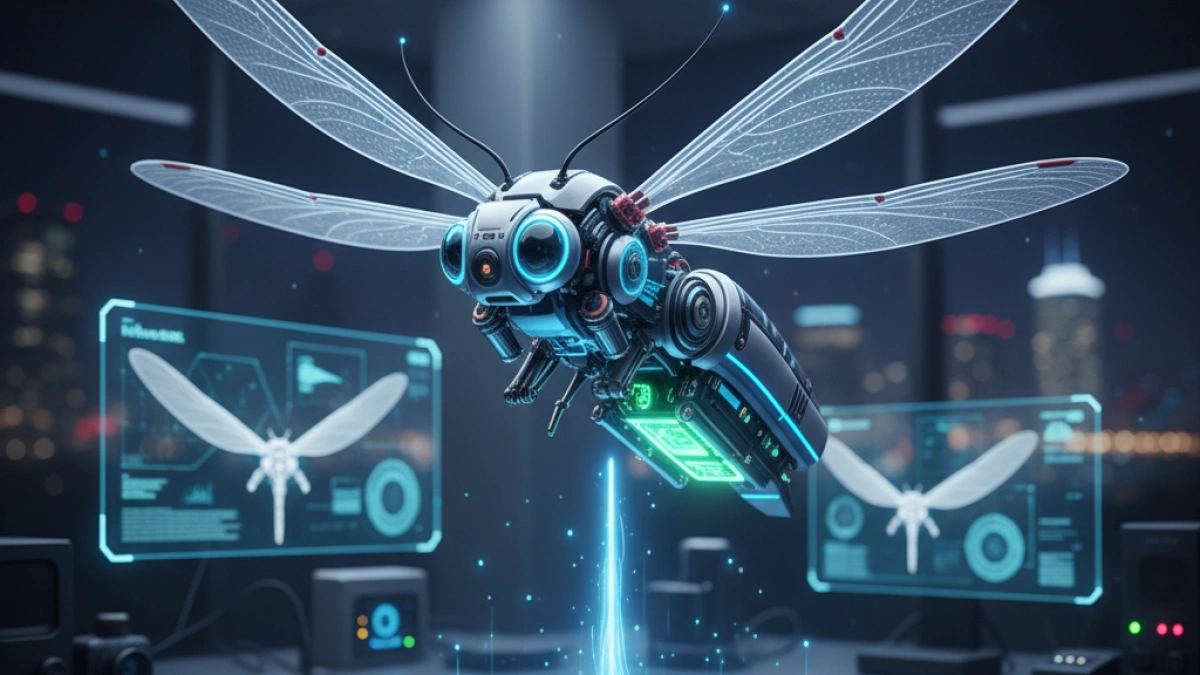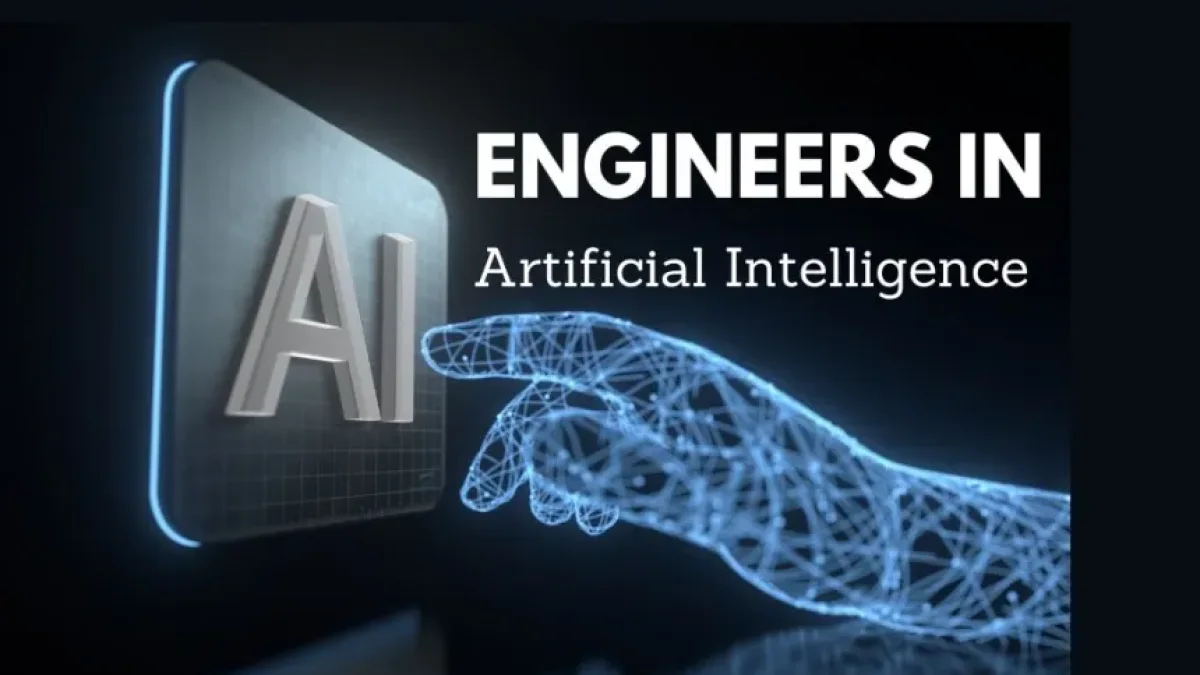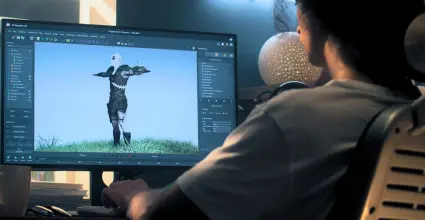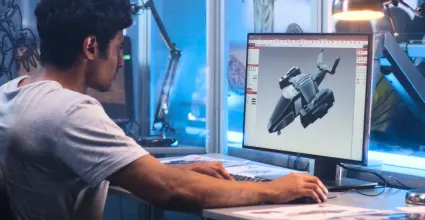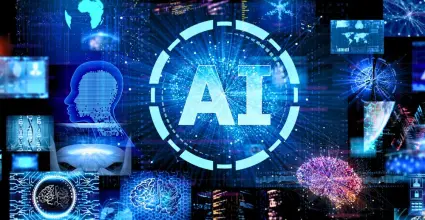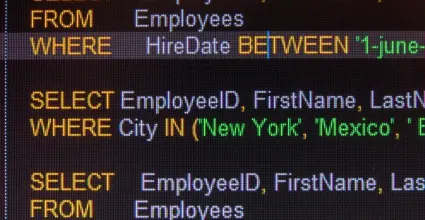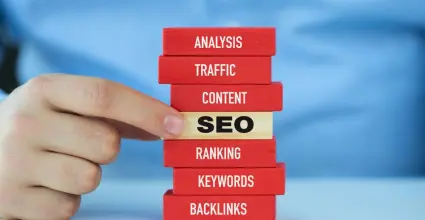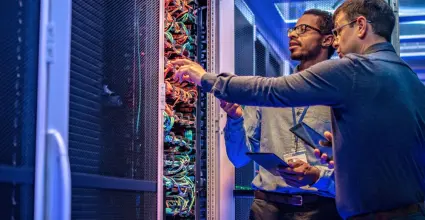Rodney Brooks warns that investing in humanoid robots is wasting money

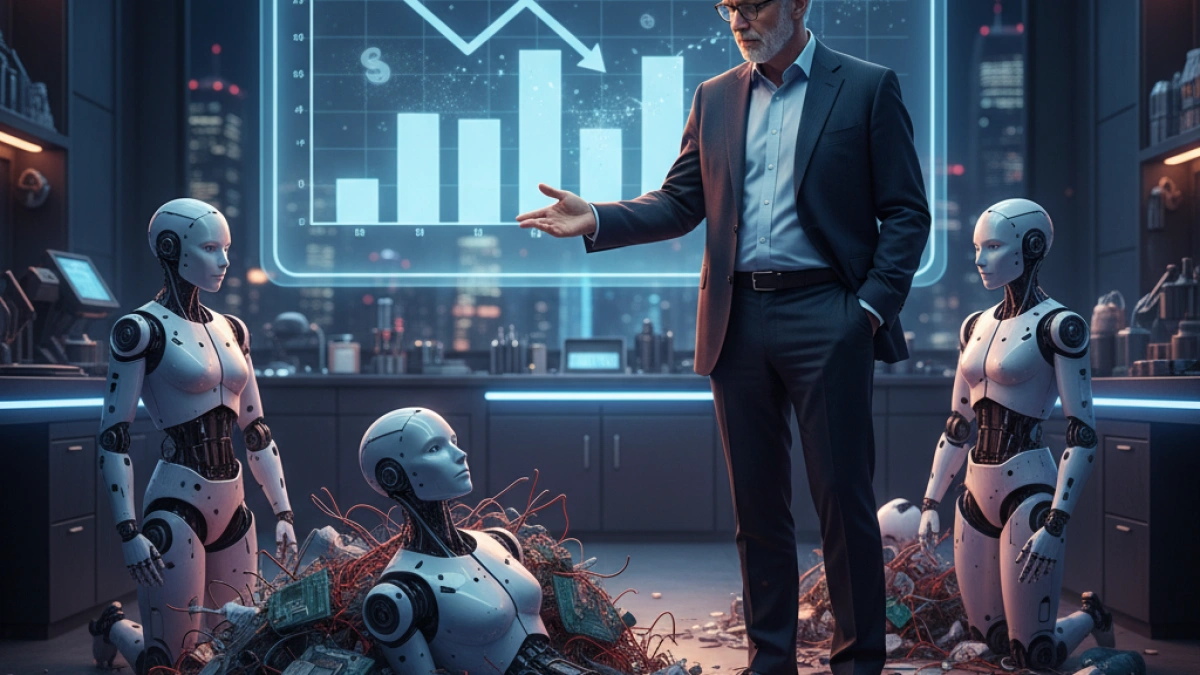
Rodney Brooks, one of the most influential figures in the field of robotics and co-founder of iRobot, has issued a strong warning to those considering investing in humanoid robots: "You're throwing money away." In a landscape where companies like Tesla promote their humanoid robot Optimus through carefully produced videos, Brooks openly criticizes the viability of these technological projects.
A Leading Voice in Robotics
Rodney Brooks is a key figure in the field of robotics. He currently serves as the Chief Technology Officer at iRobot, a company known for its Roomba vacuuming robots. Additionally, Brooks is a member of the Australian Academy of Sciences and a professor of robotics at the Massachusetts Institute of Technology (MIT), where he has served as director of the Computer Science and Artificial Intelligence Laboratory. With the establishment of Rethink Robotics, Brooks has made a significant impact on the development of robotics.
In his latest essay, titled "Why Humanoid Robots Will Never Have Dexterity," he expresses his concerns regarding the marketing and the expectations fostered by companies trying to commercialize robots in this category.
The Deception of Humanoid Robots
Brooks argues that the public perception of humanoid robots, designed to mimic humans in both appearance and capabilities, is misleading. A central point in his critique is the notable difference between humans and robots: human beings possess approximately 17,000 sensory receptors in their hands, a number that current robots fail to match.
Read also
Moreover, he emphasizes that, despite advances in generative artificial intelligence, which has been fed data for over 40 years, the information related to the sense of touch is minimal. This lack of data limits these devices' ability to perform tasks that require tactile complexity, which is vital in interactions with human beings.
Safety Considerations
In addition to the limitations in sensory perception, Brooks highlights another critical aspect: safety. A humanoid robot, with dimensions and weight similar to that of a person, poses serious risks in shared environments. Brooks warns that the inertia of movement in such a robot could cause severe injuries to nearby people. In the worst-case scenario, an accidental fall could be fatal.
While lighter robots have been developed, this weight reduction often compromises their effectiveness. In this regard, Brooks points out that increased power and robustness, necessary to facilitate certain tasks, can also lead to increased device weight, hindering its operability.
Read also
The Future of Humanoid Robots
Brooks envisions a future in which, in the next 15 years, the humanoid robots we know today could undergo significant transformations, moving away from human-like forms. Instead of replicating human appearance, these robots might adopt more functional configurations, including wheels, multiple arms, and advanced sensors, optimizing their ability to perform specific tasks.
Brooks's conviction is clear: those currently investing in humanoid robots are wasting their resources. In his view, the showcases and videos related to initiatives like Optimus and the products from the company Figure are nothing more than costly experiments with no clear path to large-scale production.
Final Reflections
Rodney Brooks's statements raise a wide array of questions about the future of humanoid robots. Although there is currently a growing interest from both investors and the public, the foundations supporting these developments seem fragile from an expert's perspective. The actual capability of these devices to perform everyday tasks and meet the raised expectations remains uncertain, underscoring the idea that much of what is presented is simply unsupported marketing.
Brooks's analysis offers crucial clarity about the future of humanoid robotics, and it is essential to consider his viewpoint at a time when automation and artificial intelligence are at the forefront of various sectors.
To stay informed about the latest developments in technology and robotics, you are invited to explore more news on this blog.

